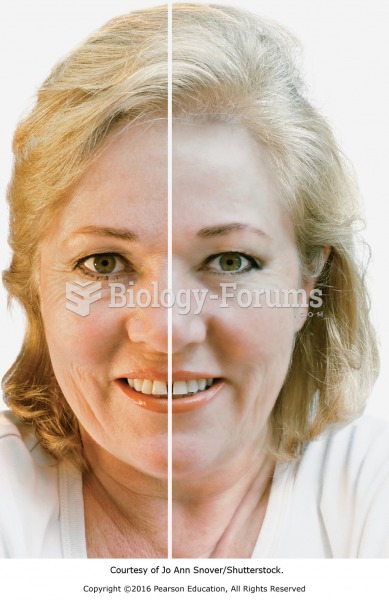Answer to Question 1
Individuals who report distress due to binge eating but do not engage in extreme compensatory behaviors are currently difficult to diagnose. Cognitive behavioral therapy (CBT) and interpersonal psychotherapy (IPT) are both effective approaches. Weight loss programs such as Weight Watchers are somewhat effective, but not as much as CBT, and if the person is binging, standard weight loss procedures will be ineffective without treatment directed at binging itself. Self-help procedures too (based on CBT) can be useful, but much as with bulimia, more severe cases may need the more intensive treatment delivered by a therapist, particularly cases with multiple (comorbid) disorders in addition to BED, as well as low self-esteem.
Answer to Question 2
Short-term cognitive-behavioral treatments target problem eating behavior and associated attitudes about the overriding importance and significance of body weight and shape, and these strategies have become the treatment of choice for bulimia nervosa. In the cognitive-behavioral treatment approach, the first stage is teaching the patient the physical consequences of binge eating and purging, as well as the ineffectiveness of vomiting and laxative abuse for weight control. The adverse effects of dieting are also described, and patients are scheduled to eat small, manageable amounts of food five or six times per day with no more than a three-hour interval between any planned meals and snacks, which eliminates the alternating periods of overeating and dietary restriction that are hallmarks of bulimia nervosa. In later stages of treatment, cognitive therapy focuses on altering dysfunctional thoughts and attitudes about body shape, weight, and eating. Coping strategies for resisting the impulse to binge and purge are also developed, including arranging activities so that the individual will not spend time alone after eating during the early stages of treatment. Evaluations of short-term (approximately three months) cognitive-behavioral treatments for bulimia nervosa have been good, showing superior efficacy to credible alternative psychological treatments not only for bingeing and purging but also for distorted attitudes and accompanying depression. Furthermore, these results seem to last.







